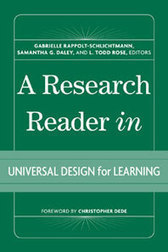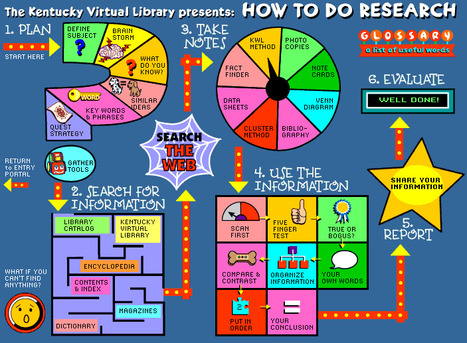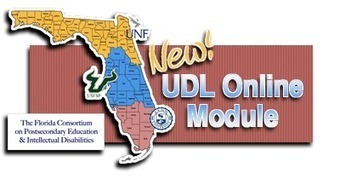A much anticipateed book on UDL research is now available.
'This book considers the major research areas that underlie UDL and call out for further exploration in the years ahead. Each of the book’s six chapters includes a groundbreaking article that is centrally related to the larger UDL project, along with reflections on that article by contemporary researchers. As David H. Rose notes in his afterword, "the authors of this collection have set out to do more than revitalize and illuminate the foundations of UDL. They have set out also to prepare the field—to set the context—for the kind of research that needs to come now.'"
Via Kathleen McClaskey



 Your new post is loading...
Your new post is loading...




























A much anticipateed book on UDL research is now available.
"This book considers the major research areas that underlie UDL and call out for further exploration in the years ahead. Each of the book’s six chapters includes a groundbreaking article that is centrally related to the larger UDL project, along with reflections on that article by contemporary researchers. As David H. Rose notes in his afterword, "the authors of this collection have set out to do more than revitalize and illuminate the foundations of UDL. They have set out also to prepare the field—to set the context—for the kind of research that needs to come now.""